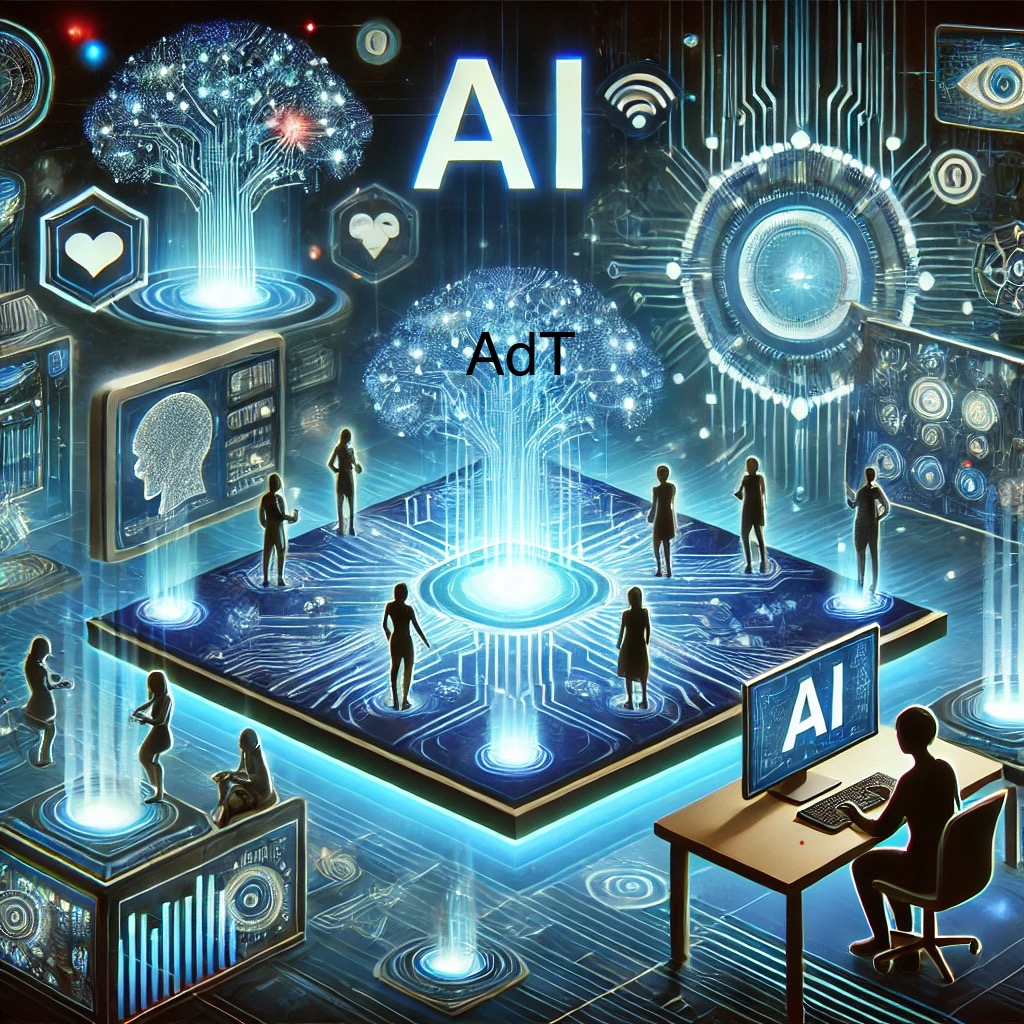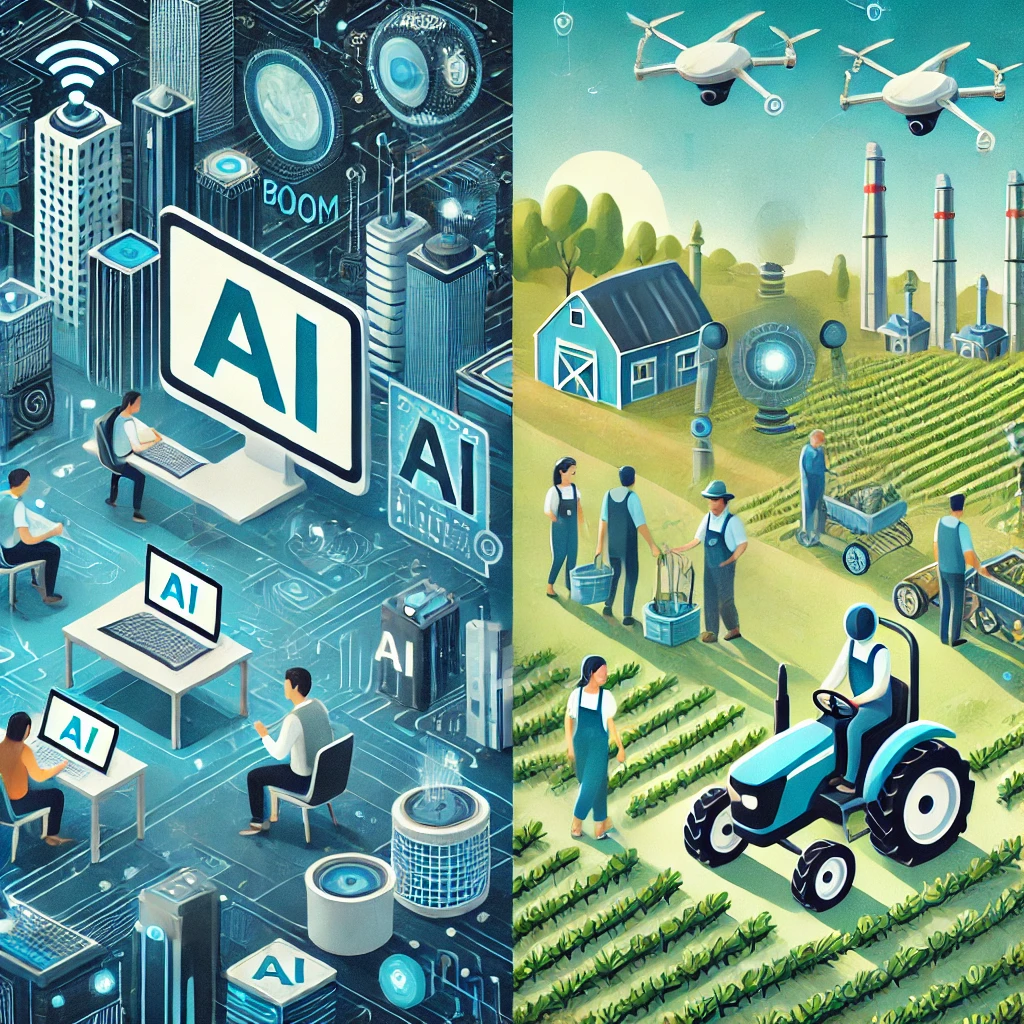We’ve written before on how the Ai race is reshaping the global economy. Although the effects aren’t just playing out in a boardroom, they’re right here in our laptops, phones, and content strategies. At AdT, we’ve been building stories around businesses, crypto, and tech for a while now. And in real time, we’re watching artificial intelligence reshape the game. Not just from a macroeconomic level, but from the way we work, write, invest, and make money online.
Ai Tools Are Quality
Whether you’re a full time writer, a small scale crypto investor, or a digital entrepreneur. There’s one thing you’ve likely noticed, You don’t work the same way you did 2 years ago.

It’s Ok to be using Ai
You can leverage on brainstorming article ideas, to optimize Seo and keyword research, some video content for YouTube. Some implement to gain trading strategies Or even to manage your online shop or brand. Productivity apps, social media tools, and even investment platforms are adding Ai quietly but powerfully. And for those who are paying attention, this is a window of massive opportunity.
Digital Strategy Now Requires Ai Awareness
You can’t ignore it anymore. Are you building a blog? running ads, managing clients, or monetizing contents, understanding how Ai tools work is part of your edge. Ai helps identify trends faster, manage data smarter, and execute tasks more efficiently leaving more room for human creativity.
That’s what i’ve been applying at AdT
Using Ai to power my research while still keeping my human voice at the center. Because no matter how advanced the model, relatability still wins.
Global Trends, Local Impact
The rise of Ai innovation means tech stocks are climbing. It also means new policies, new risks, and new skills. In regions like Nigeria, Kenya, and South Africa, startups are getting onboard Ai. Although there’s infrastructural gaps but we won’t mind. Cause the essense of ai is to help improve our productivity . Whilst creating new tech jobs, new training programs, and more remote work demand.
Creators, developers, marketers are all entering an Ai informed economy, whether we realize it or not. We’re not here to overhype Ai but take note, AdT is not sleeping on it 😉.
This article isn’t financial or business advice. It’s more a reflection of how AdT see the world shifting and how we’re learning to move with it. Never against it. If you’re already using Ai in your creative or business, hit the comment section. You can also get in touch on the Contact_Us page. Let’s have it. Let’s hear what tools and strategies you’ve found useful.

Talk of Farming. Ai Robotic Insects Will Advance and Improve Pollination
Pollinators are the backbone of agriculture. From bees to butterflies, these tiny creatures ensure the reproduction of over 75% of flowering plants. They also facilitate nearly 35% of global food crops. But with climate change, habitat loss and pesticide overuse threatening pollinator populations, scientists have been racing to find alternatives. Talk about MIT’s latest breakthrough, ai insects designed to mimic natural pollinators with efficiency and endurance.
A Game Changer in Agricultural Technology
For years, researchers have been experimenting with artificial pollinators. Our research suggests that one major challenge has always stood in the way. Previous robotic insects could barely hover for a few seconds, making them impractical for large scale use. MIT’s new “bug bots” changes the game entirely.
By reducing their wings from eight to four, scientists have significantly improved flight stability, lift and energy efficiency. This means the robots can now sustain flight 100 times longer than earlier models. More importantly, this redesign creates space for onboard batteries and sensors, a critical step toward real world application.
Why Does This Matter?
The global food supply is heavily dependent on pollinators. Without them, yields for crops like almonds, apples, and berries would plummet. MIT’s robotic pollinators could fill in the gaps left by dwindling bee populations, ensuring food security and boosting sustainable farming.
Imagine vast greenhouses where fleets of these Ai driven robotic insects autonomously navigate through plants, efficiently transferring pollen. Unlike chemical solutions or manual pollination, these robots can work non-stop, unaffected by climate conditions, disease, or habitat destruction.
How Do These Robotic Insects Work?
At the heart of these robotic pollinators is biomimicry engineering that mimics the efficiency of nature. Their lightweight design, combined with advanced artificial intelligence, allows them to:
- Detect Flowers with Precision Sensors enable them to identify specific plants and flowers.
- Navigate Complex Environments. Ai driven flight control helps them avoid obstacles and operate in dynamic outdoor settings.
- Adapt to Weather Conditions Unlike delicate bees, these bots can function in extreme temperatures and strong winds.
Future iterations will integrate machine learning. This will allow the bots to learn from their environment. They will adapt their flight patterns and optimize pollination routes just like real insects do.
The Bigger Picture: A Sustainable Future
While robotic pollinators are not meant to replace natural pollinators entirely, they offer a safety net against environmental crises. With the global decline in bee populations, these advanced machines can complement natural pollination efforts. They help to stabilize ecosystems and increase crop yields.
Moreover, their application extends beyond agriculture. In the future, they could be used for environmental monitoring or search and rescue missions. They could even be used for space farming. Imagine robotic pollinators working inside greenhouses on Mars!
When Can We Expect Them?
MIT’s scientists predict that within five years, these ai insects would transition. The won’t be just in research labs but actively deployed to farms and greenhouses worldwide. As technology advance, costs will decrease, making them more accessible to farmers in both developed and developing countries.
MIT’s robotic insects represent a fusion of nature and cutting edge technology. As we face increasing threats to biodiversity and food production, innovations like these could be the key. A process to amount food security and sustainability. Would you trust ai powered robotic pollinators to safeguard your food supply? Share your thoughts with us.
Discover more from AdT
Subscribe to get the latest posts sent to your email.